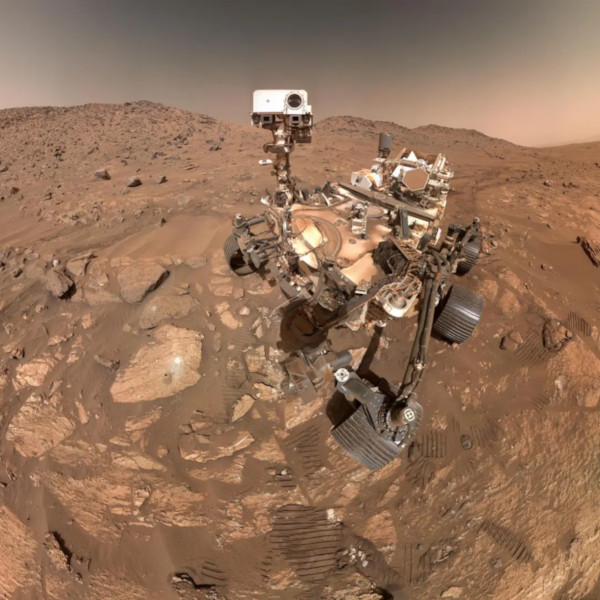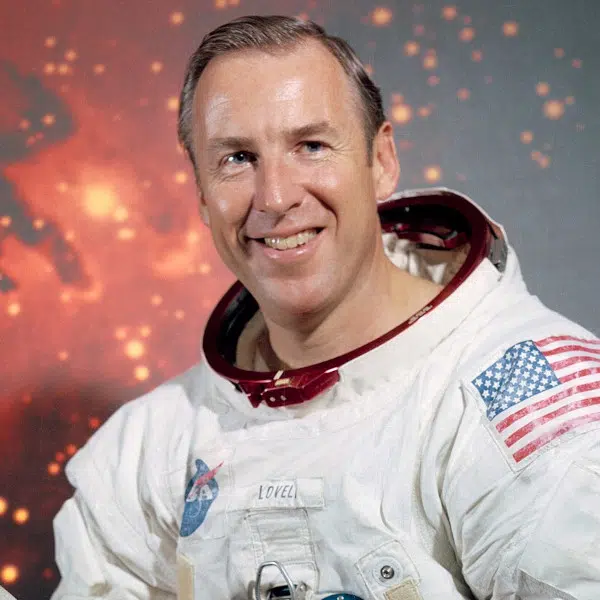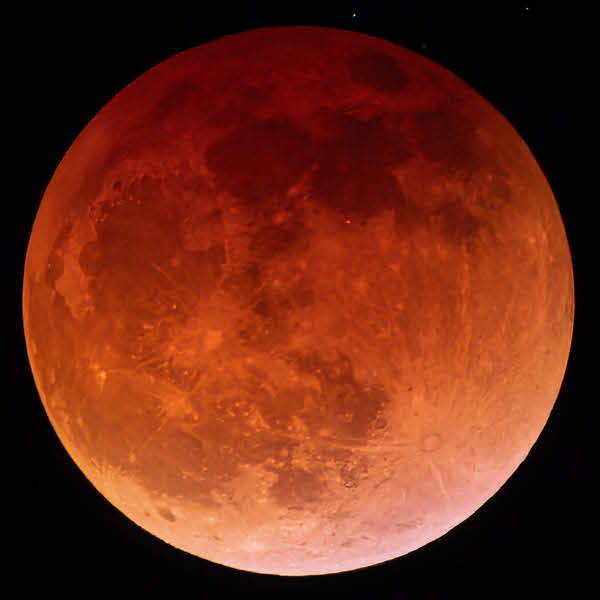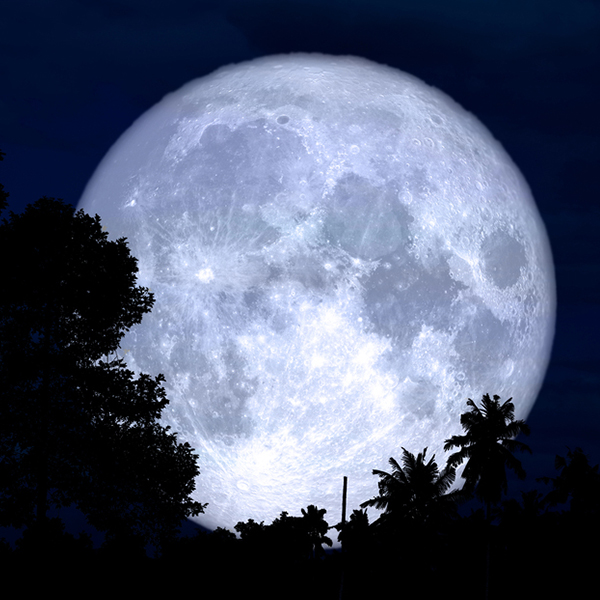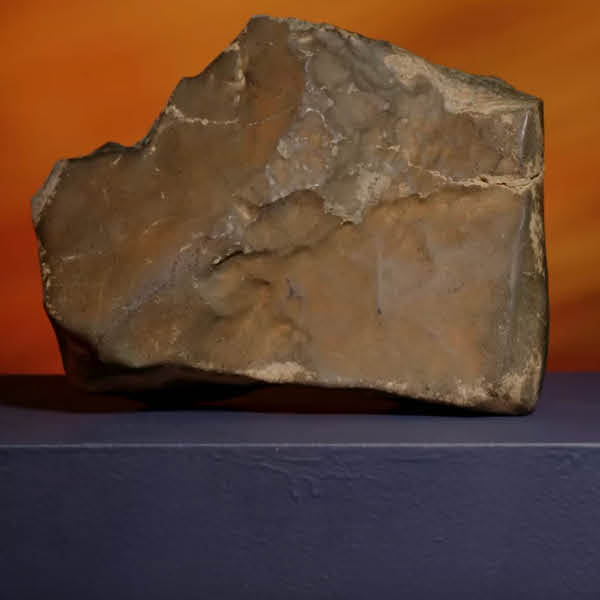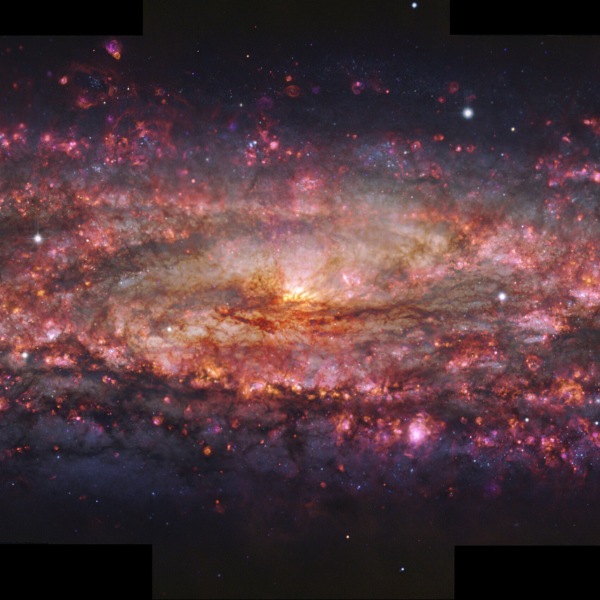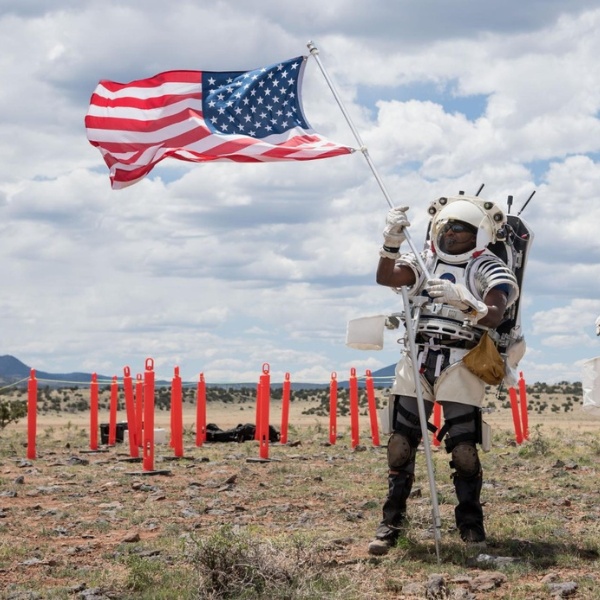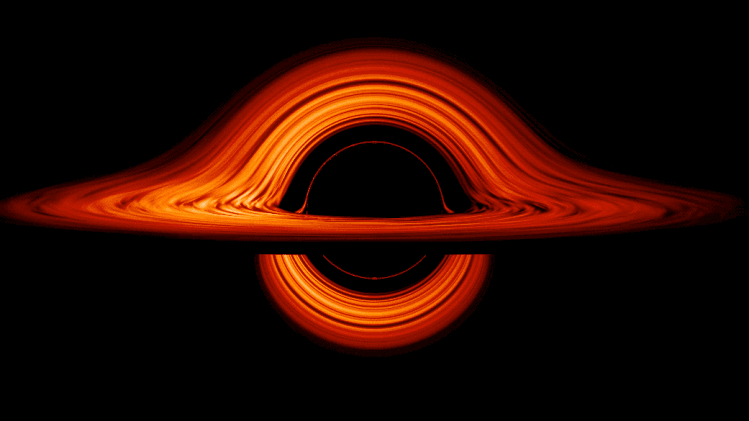
Off the heels of the first-ever photo of a black hole, NASA has just released incredible new visualizations that are a mesmerizing look at how a black hole's gravity distorts our view. Across several different perspectives, the visualizations demonstrate how what we consider to be a dark space is actually one of the brightest places in the universe. The GIFs and videos were created by Jeremy Schnittman using custom software from NASA's Goddard Space Flight Center and were released in conjunction with Black Hole Week.
So what are we looking at? The visualization shows multiple views of the accretion disk, which is created by matter spiraling toward the black hole. The accretion disk slowly rotates, with gravity warping our view. It's almost as if a funhouse mirror has been aimed at the black hole, causing areas of the disk to bend.
The streaks of light that swirl around are caused by gas in the accretion disk. Thanks to a phenomenon known as doppler beaming, the light appears brighter on the left side of the disk, as that's the matter moving toward us. On the right side, the matter moving away from us is slightly dimmer. The gases also take on different shades depending on how quickly they are rotating. For instance, the gas nearest to the black hole travels at nearly the speed of light, while the outer sections move more slowly. This accounts for the streaks and dark lanes in the accretion disk.
As we move toward the dark center, there are other areas of note. Surrounding the black hole shadow is a bright photon ring. This thin ring is made from light that has orbited the black hole at least two times before escaping. In the visualization it looks circular from any viewing angle because the black hole depicted is spherical. At the center of the visualization is the black hole shadow created by gravitational lensing and the trapped light rays. It's twice the size of the black hole's event horizon—the point of no return for matter entering the black hole.
“Simulations and movies like these really help us visualize what Einstein meant when he said that gravity warps the fabric of space and time,” shares Schnittman. “Until very recently, these visualizations were limited to our imagination and computer programs. I never thought that it would be possible to see a real black hole.”
Multiple views of a black hole in rotation give an exciting look at what these mysterious entities look like.
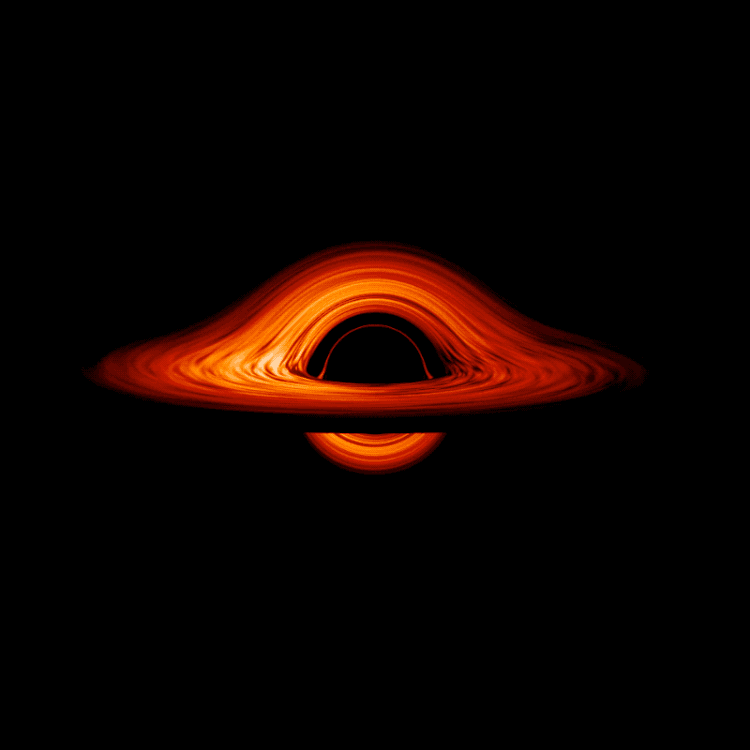
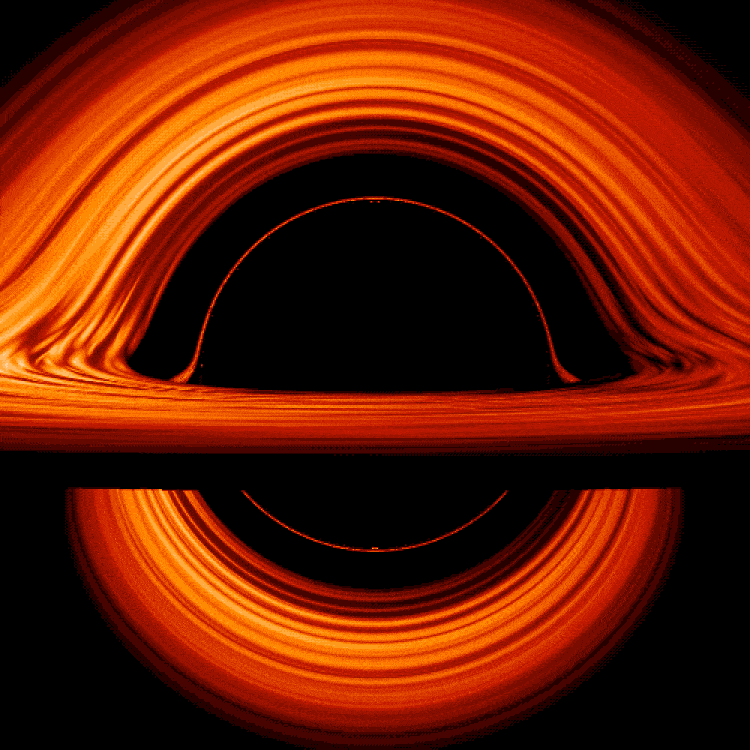
This detailed diagram helps explain what we're seeing in NASA's black hole visualization.
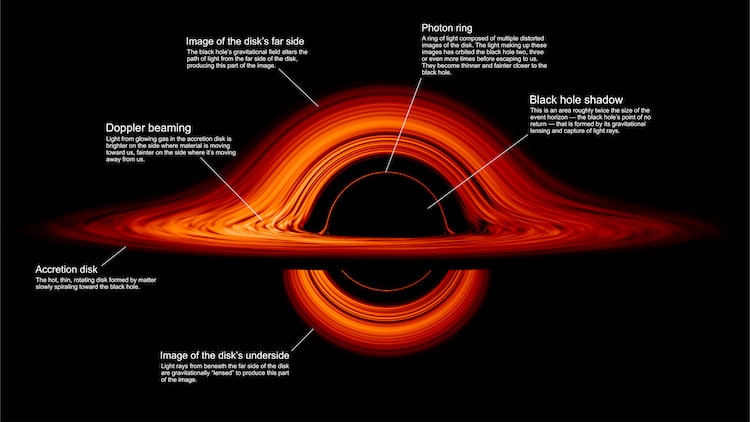
h/t: [designboom]
All images via NASA’s Goddard Space Flight Center/Jeremy Schnittman.
Related Articles:
Researchers Discover Mysterious Radio Signals from a Distant Galaxy
NASA Releases First Photo Ever Taken from Inside the Sun’s Corona
This Is the First Photo of a Black Hole and It’s a Huge Milestone in Science
NASA Releases Incredible Photo of ISS Passing Across the Sun














































































